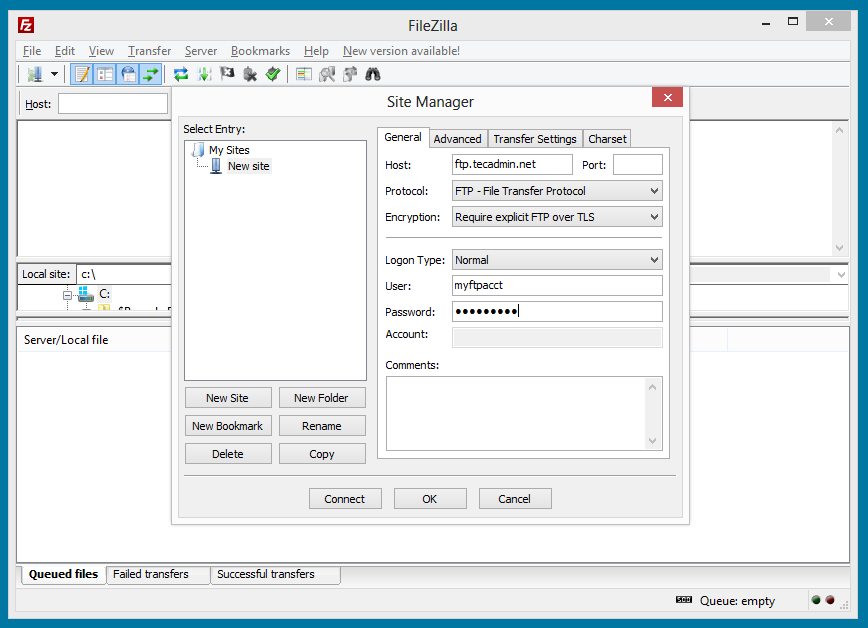


If the remote server can’t open the data channel, the active mode FTP connection can’t transfer any data.īy default, FileZilla/FileZilla Pro uses passive mode for FTP and FTPS connections. The reason these differences are important is that some firewalls and routers won’t allow a remote server to initiate a connection to a computer on the local network. Sort of like the difference between having a pizza delivered (active mode) and going to pick it up yourself (passive mode). In passive mode, the local machine opens the data channel using the IP address and port number with which the remote server replies to a successful connection request. In active mode, the remote server opens the data channel.

The second channel – the data channel – is opened differently in active and passive modes. It’s a little like ordering a pizza: You make a phone call or put in an order via a website, but the actual pizza arrives by car or scooter. One is used for commands and responses, the other for the actual data being transferred. While the differences between these two modes can get complex, here’s a basic explanation:įTP and FTPS connections use two different channels to a server at once. Below you find a step by step guide, if you prefer you can watch our FTP Connection Modes video tutorial.


 0 kommentar(er)
0 kommentar(er)
